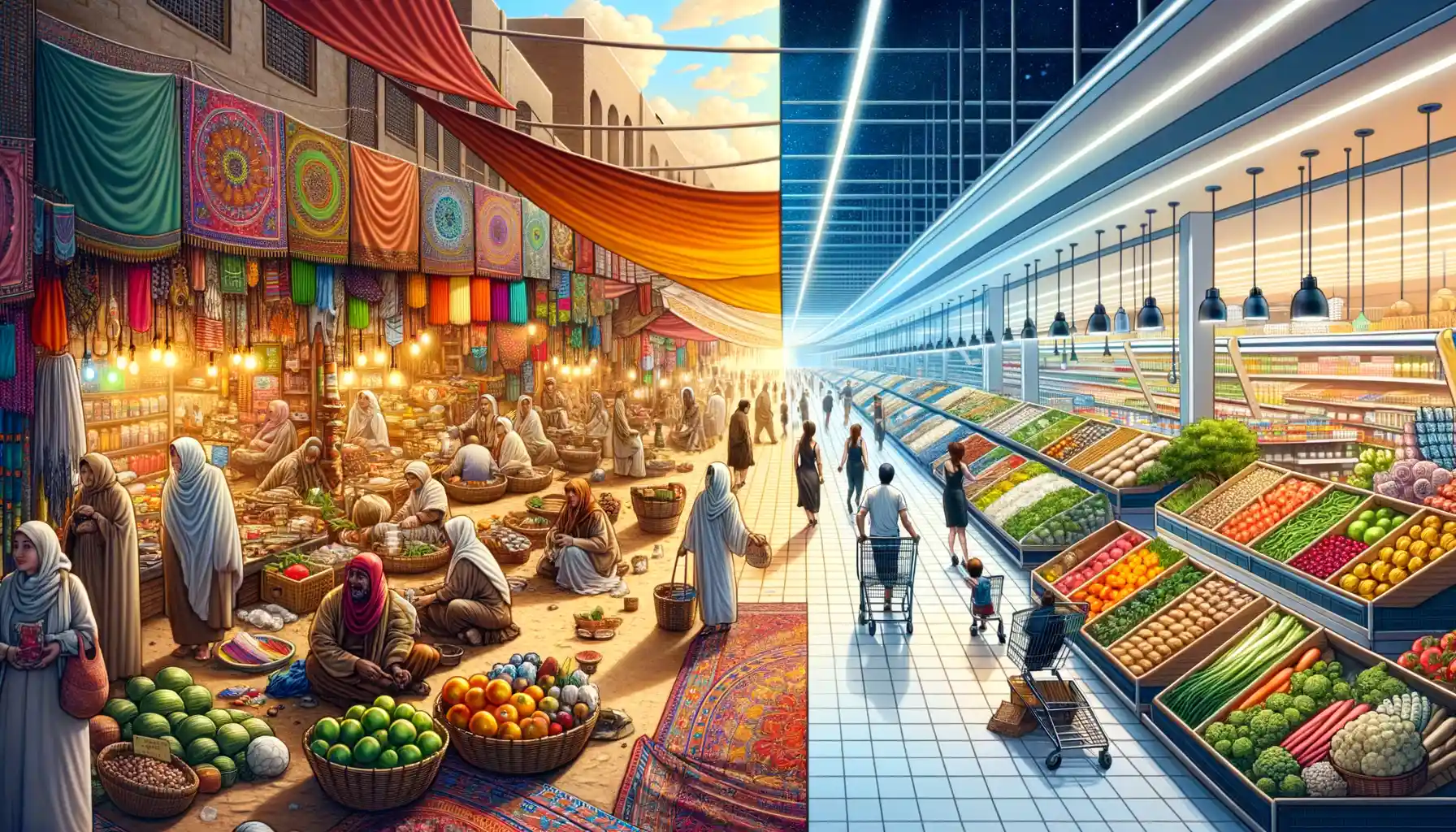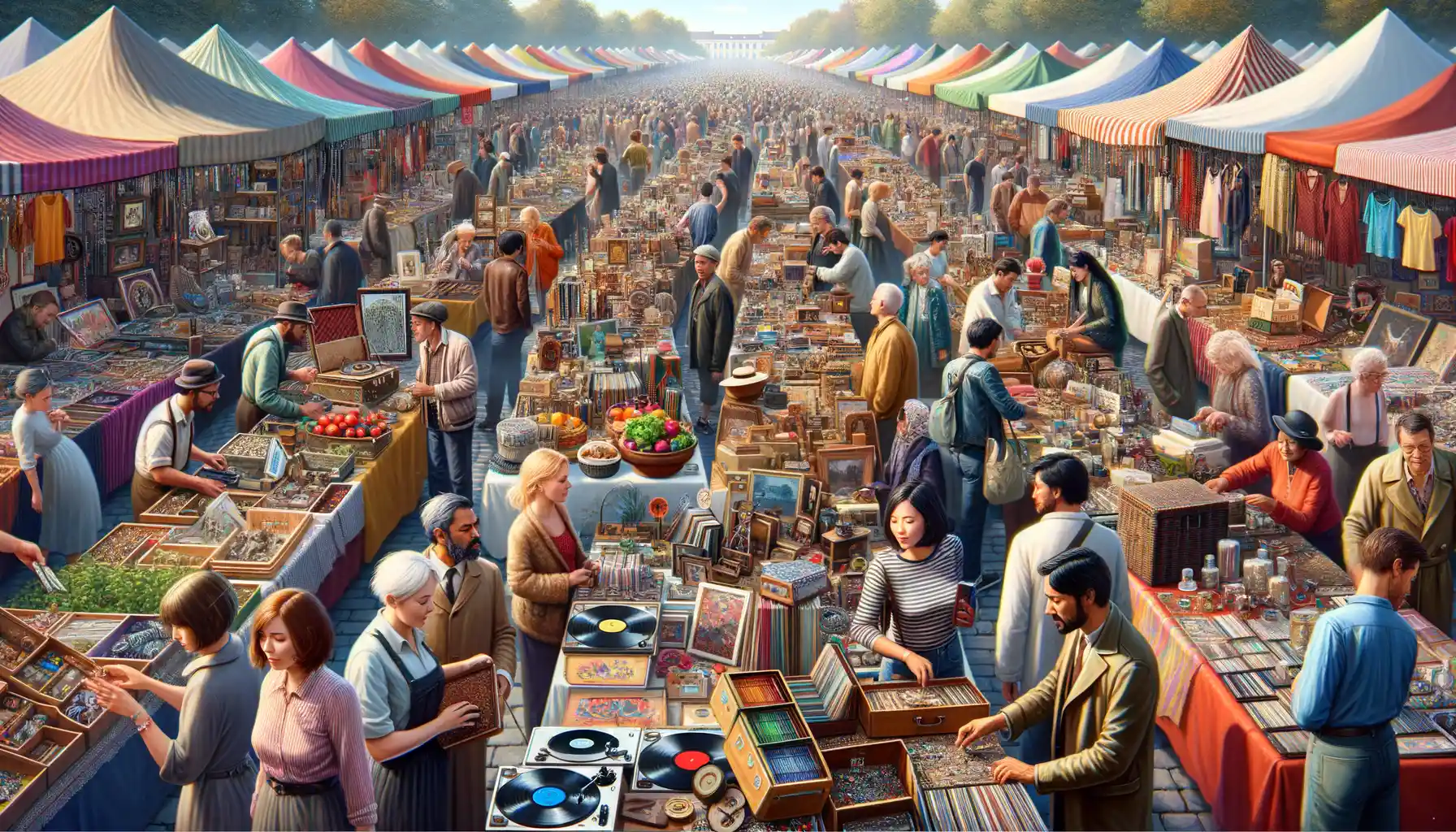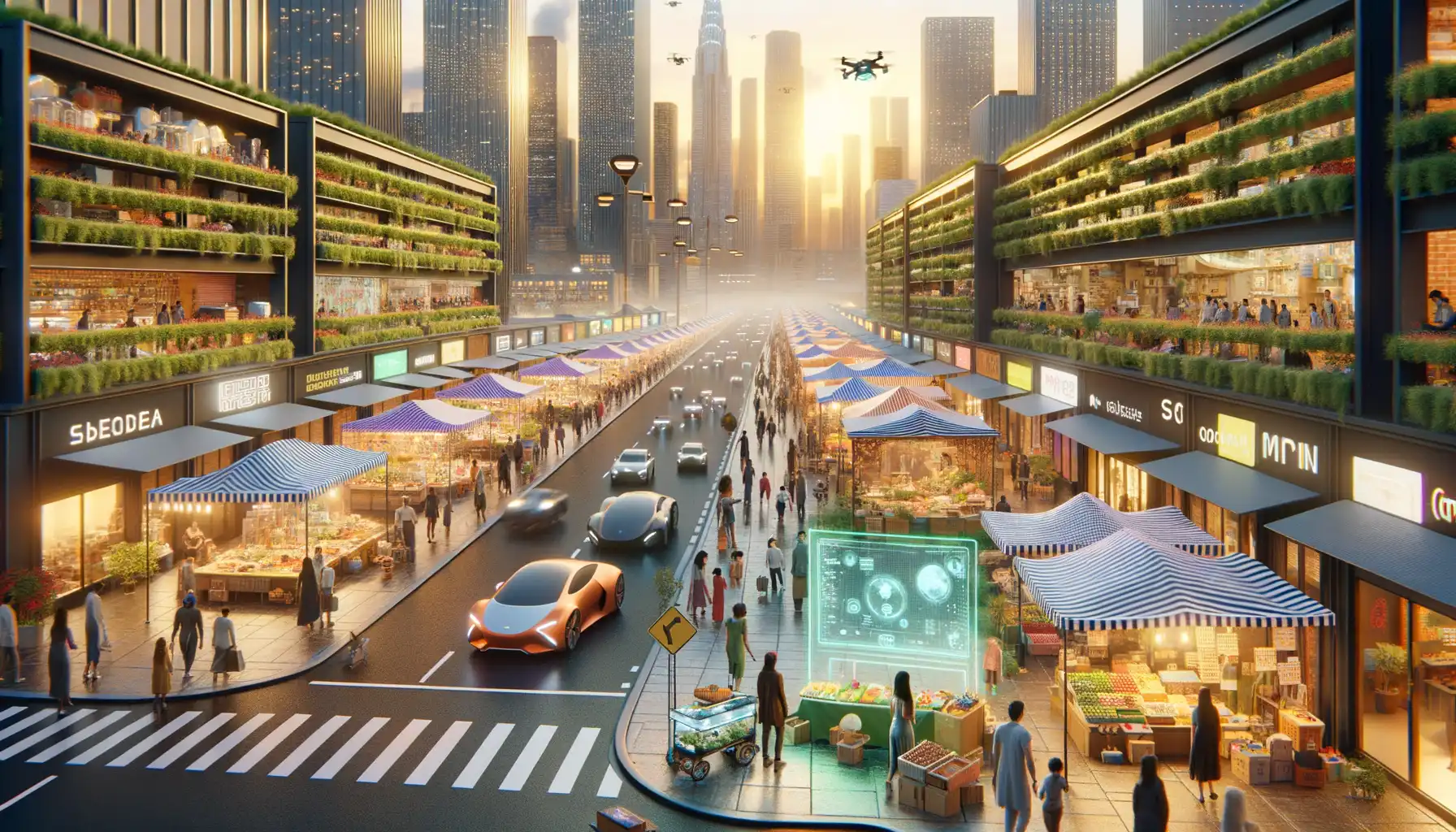Introduction to Urban Markets and Their Historical Significance
Step into the vibrant world of urban markets, where history, culture, and commerce collide in a colorful tapestry. These bustling hubs have always been more than just places to buy and sell; they’re the beating heart of cities, where stories are shared, traditions preserved, and connections sparked. Picture the narrow alleys of a centuries-old bazaar, bursting with the scent of exotic spices and the hum of bartering voices. Now imagine that energy evolving over time, morphing into sleek rows of modern flea markets, where vintage treasures sit beside quirky handcrafted goods.
The Soul of Cities: Markets as Social Stages
From the souks of Marrakech to London’s iconic Borough Market, these urban spaces have always reflected the soul of their communities. They’ve acted as stages for cultural exchange—a Persian rug woven with a hundred years of heritage, a handmade Italian leather bag with whispers of tradition woven into every stitch. Beyond trade, these markets have offered a glimpse into human connection, where strangers turn into storytellers.
- Economic lifelines: Markets supported local artisans and farmers in times when big industries barely existed.
- Landmarks of innovation: The lively negotiations and creative displays often inspired broader societal trends.
Urban markets have transformed with time, but their essence as melting pots of life remains untouched. It’s their timeless charm and relentless adaptability that keep them at the center of our cities—and our hearts.
Transition from Traditional Bazaars to Modern Markets

From Lively Alleyways to Sleek Aisles
Picture this: the alluring aroma of spices mingling with laughter, artisans showcasing intricate tapestries, and the rhythm of bartering filling the air. This was the heartbeat of traditional bazaars—places where stories were traded just as frequently as goods. But as cities grew taller and time became a luxury, these vibrant hubs began evolving into something sleeker, more streamlined: the modern market.
Instead of crowded alleyways, we now step into climate-controlled spaces with polished floors and electronic price tags. While the bazaar was deeply personal, where you’d haggle over fresh dates with the same vendor your grandmother once did, today’s markets prioritize convenience and speed. And yet, they carry a flicker of their past. Strolling through a farmer’s market or a boutique pop-up, you’ll catch glimpses of those storytelling roots.
- The spontaneous chaos of a bazaar? It’s been tamed into curated sections, from groceries to gadgets.
- In place of shouted bargains, we now have QR codes and loyalty programs.
Modern markets may lack the dusty romance of traditional bazaars, but they’re undeniably futuristic stages, built to match the pace of modern life while still whispering echoes of their ancestry.
Cultural and Economic Impact of Evolving Markets

The Ripple Effect of Changing Marketplaces
Urban markets aren’t just places to shop—they’re the heartbeat of communities, evolving with the rhythm of society itself. As they’ve transformed from traditional bazaars into the vibrant modern flea markets we love today, their cultural and economic impact has been nothing short of profound.
On a cultural level, modern markets are where diversity doesn’t just exist—it thrives. They serve as melting pots for food, art, crafts, and languages, creating a space where heritage meets innovation. Ever visited a bustling flea market and stumbled across handmade jewelry from one stall and vegan cinnamon rolls from another? That’s proof of cultures intertwining, a dance of old and new.
Economic Sparks Ignited by Flea Markets
Markets also play the role of silent champions in our economy. Think about it:
- Entrepreneurs get a stage to showcase their products—no need for an expensive storefront.
- Local craftsmen breathe life into forgotten skills, from pottery to textiles, sustaining dying trades.
- Shoppers, meanwhile, find affordable treasures while supporting small businesses.
Even in globalized cities, these spaces fuel a local-first mindset, reminding us that behind every handmade candle or vintage vinyl is someone’s dream coming to life. How powerful is that?
Key Features of Modern Flea Markets

Where Nostalgia Meets Innovation
Modern flea markets are not just places to shop—they’re immersive experiences that blend the charm of yesteryear with contemporary flair. Picture this: vibrant stalls brimming with handmade jewelry, eclectic artwork, and vintage treasures you didn’t even know you needed. It’s like stepping into a treasure hunt where every corner sparks curiosity!
What sets these markets apart is their ability to surprise. You might stumble upon a food truck serving gourmet tacos right next to a stand selling vinyl records from the ’70s. The mix of styles, eras, and cultures creates an electric vibe. And let’s talk about the sellers—each stall is a story waiting to be told. From artisanal bakers to upcycle wizards, these entrepreneurs are redefining what it means to be creative.
- Pop-up events: One week it’s a retro clothing fair, the next it’s sustainable home goods. Blink, and you might miss it!
- Interactive spaces: Think live music, DIY craft workshops, or even mini yoga sessions among the stalls.
These markets aren’t just shopping venues—they’re a pulse point for urban culture, where community and creativity collide in the most delightful way.
Future Trends in Urban Marketplaces

The Rise of Tech-Infused Market Experiences
Imagine strolling through a buzzing urban market where your phone becomes your personal shopping assistant. Sounds futuristic? Well, that future is knocking on the door! Smart technologies are reshaping how we shop, turning traditional market strolls into fully immersive experiences. Picture this: augmented reality (AR) that lets you preview how handmade jewelry might look on you or location-based apps guiding you to the perfect vegan food stall in a maze of options.
And let’s not forget about sustainable shopping—now powered by tech. Markets are adopting blockchain solutions to trace product origins, ensuring the handcrafted leather bag you’re eyeing is as ethical as it is beautiful.
- Contactless payments that make transactions swift and safe
- AI programs predicting trends and rotating fresh sellers weekly
- Pop-ups that pop *anywhere* thanks to digital check-in systems
Community Connections, Reinvented
The heart of urban markets has always been their sense of community, but the way people bond is evolving. Picture shared spaces where local artists host live mural painting or micro-breweries offer craft beer tasting—not just a place to buy, but somewhere to linger and connect. Markets are also doubling down on inclusivity, creating platforms for underrepresented voices, from LGBTQ+ vendors to immigrant artisans sharing their heritage.
Even the layout speaks volumes: customizable stalls let sellers create “mini worlds” reflective of their brand, whether it’s an eco-friendly nook with live plants or a neon-lit retro gaming hub. These aren’t just markets anymore—they’re playgrounds for self-expression and discovery.
